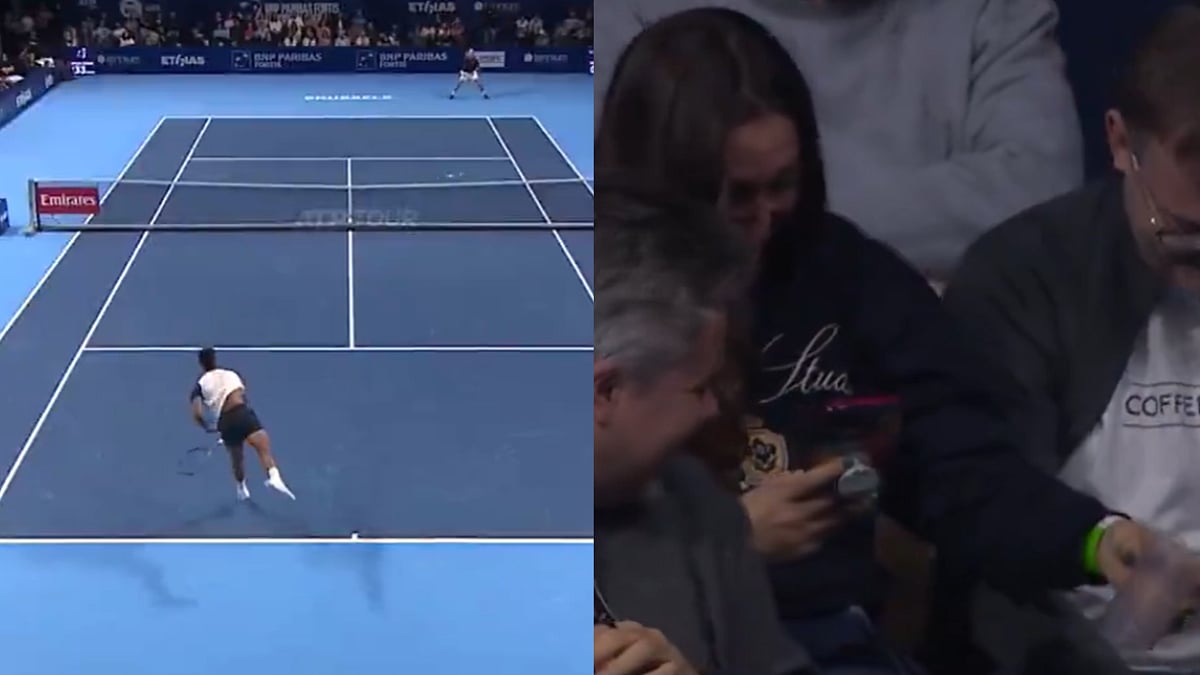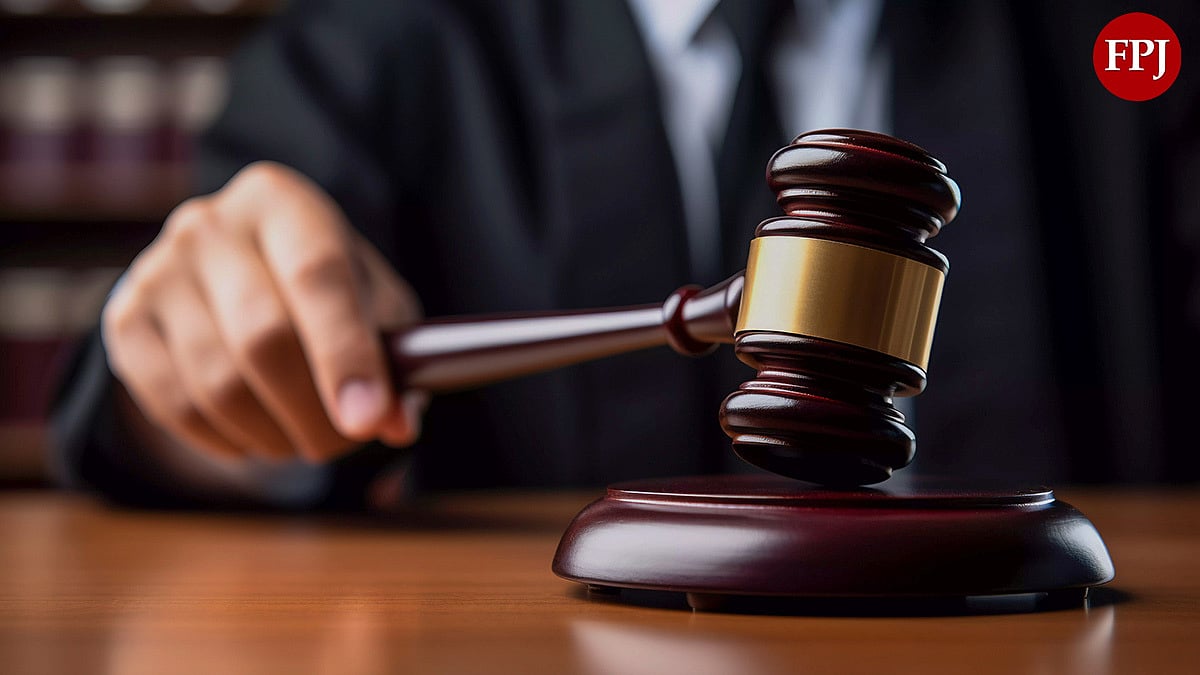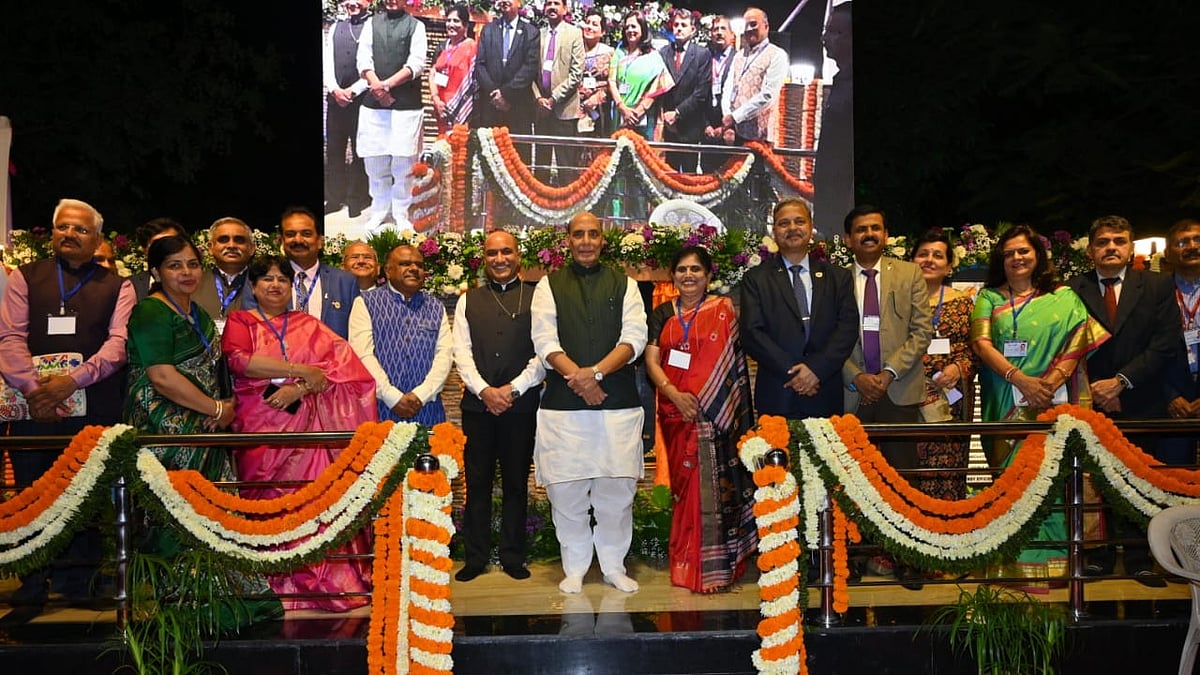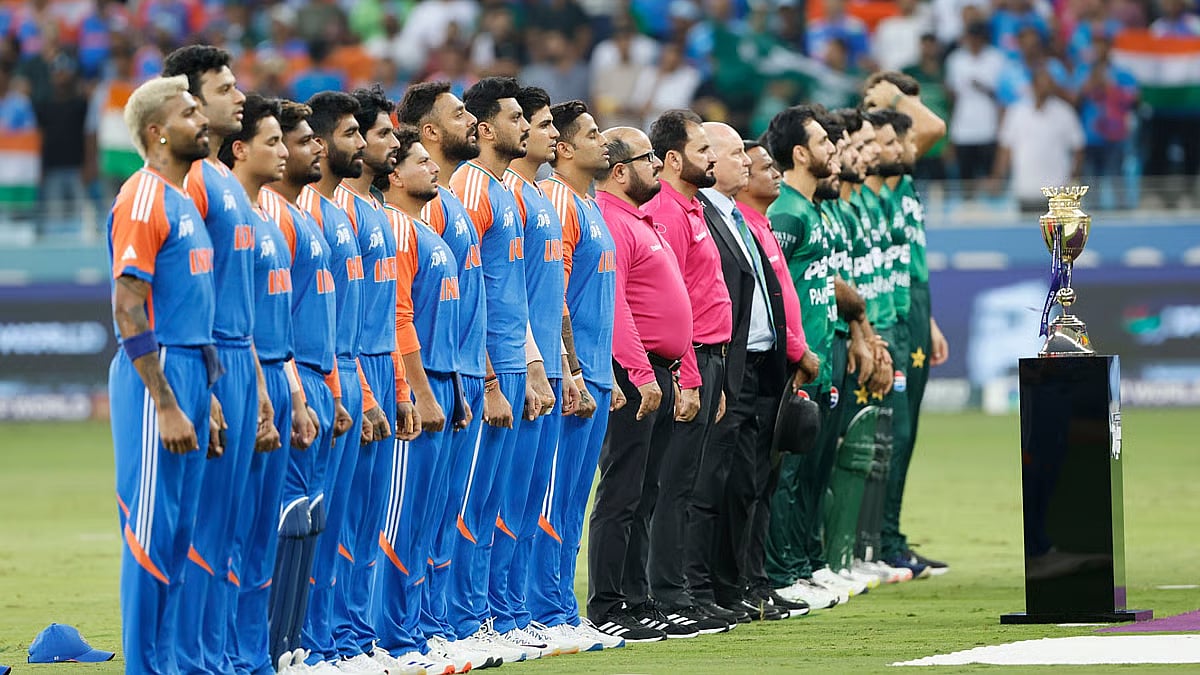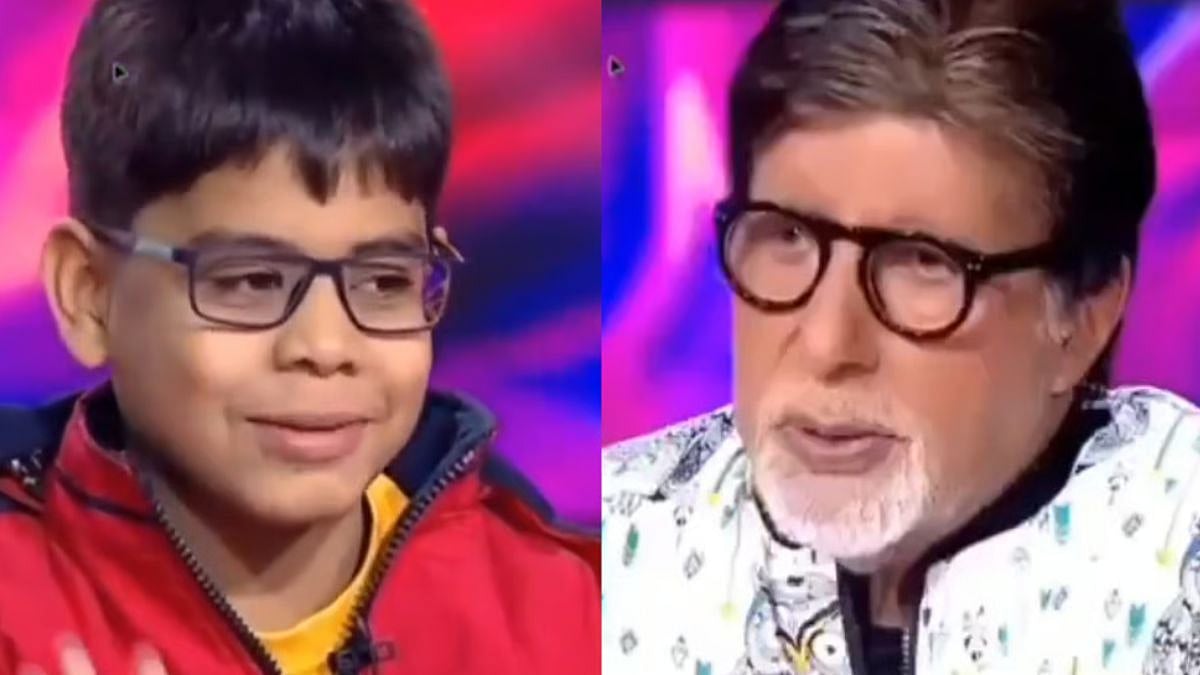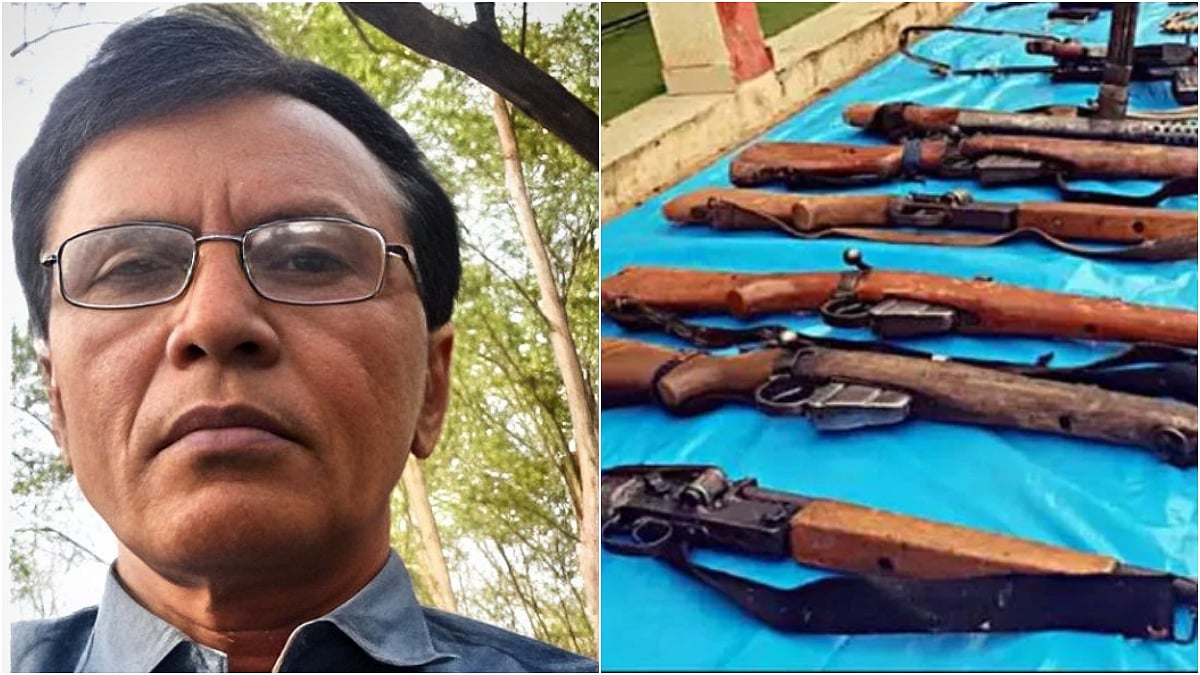Injustice is more visible than justice so that quite often, the few judgments of the Supreme Court which defy Constitutional logic, earn the distinguished apex court a name which reeks of injustice. For justice, like truth and love are born in the human mind and die in the agony of rebellion — whether it is by four judges of the apex court or in the din of the legislature.
This is why the Maharashtra government told the Supreme Court on February 12 that it was “appropriate to put the curtain down” on the mysterious death of Judge Brijgopal Harkishen Loya who presided over the CBI Special Court which was trying BJP strongman Amit Shah for being involved in the fake encounter of gangster Sohrabuddin.
The people of India will never know whether Judge Loya died of a heart attack or his murder was camouflaged as one. Just as Ramesh Kini’s murder on July 26, 1996 was camouflaged as a suicide and his tormentor, Ashutosh Rane of the Shiv Sena was killed in a hit-and-run mishap at Lonavla, on January 25, 2011, ensuring that the dead stay dumb forever.
Journalist Niranjan Takle of Caravan magazine tape-recorded the interview of the late judge’s sister, Dr Anuradha Biyani and father who alleged that former chief justice of the Bombay High Court Mohit Shah offered a Rs 100 crore bribe to Loya. These allegations need to be verified. Whether Judge Loya died of a heart attack or not is a secondary issue.
Dr Biyani also alleged that the former chief justice phoned Loya at odd hours. The point is that former chief justice Mohit Shah could either have publicly denounced these allegations or filed a defamation suit against those who made them. He kept silent which leads to adverse inferences against him.
Senior advocate Mukul Rohatgi who appeared for the Maharashtra government told the Supreme Court the Loya case was not as important as other issues of national importance. He argued that petitions were filed before the apex court to “sensationalise the death of a judge” and because of private pique.
“The article in Caravan was published nine days short of the third death anniversary of Loya. None of the so-called petitioners did anything for three years. Petitions follow(ed) after the article was published…” he alleged. But what he did not point out was that none of the petitioners had the resources or the expertise to garner information about Judge Loya’s death.
All the petitions took the article published in Caravan magazine as their base. The problem is that media reports are deemed to be hearsay because unlike the four judges who were present when Judge Loya died, journalist Niranjan Takle was not present at the spot. In 2012, the Supreme Court had ordered that the trial of the Sohrabuddin fake encounter case be shifted from Gujarat to Maharashtra, because it was “convinced that in order to preserve the integrity of the trial it, was necessary to shift it outside Gujarat.”
The Supreme Court had also ordered that the trial be heard by the same judge from start to finish. But, in violation of this order, J T Utpat, the judge who first heard the trial, was transferred from the CBI special court in mid-2014, and replaced by Loya. On 6th June 2014, Utpat reprimanded Amit Shah for seeking exemption from appearing in court. After Shah failed to appear on the next date, 20 June, Utpat fixed a hearing for 26th June. J T Utpat was transferred one day earlier.
On 31 October 2014, Loya asked why Shah had failed to appear in court despite being in Mumbai on that date. He set the next date of hearing for 15th December 2014. But he died of a heart attack on 1st December 2014. His successor, M B Gosavi promptly discharged Amit Shah from the case.
Dr R K, Sharma, one of India’s leading forensic experts, declared in Caravan magazine: “The findings in these reports have no suggestion of heart attack.” He also points out that, according to the report, the outermost layer of the brain, the dura, was congested, indicating some kind of a physical assault on the brain.
After studying the post-mortem report along with the related histopathology report, a medical report that accompanied samples of Loya’s viscera that were sent for chemical analysis, and the results of the chemical analysis, Dr Sharma contradicted Maharashtra’s state intelligence department which concluded there was no evidence to say Loya did not die a natural death.
“There is no evidence of myocardial infarction in the histopathology report….The findings in this report have no suggestion of a heart-attack. They show changes, but not a heart attack…The post-mortem report also says that calcification is observed in the vessels. Where there is calcification, there is no heart attack. Once the vessels have calcified, they will never block the flow of blood, ” Dr Sharma opined.
Demolishing the probable cause of death being “coronary artery insufficiency” as stated in the post-mortem report, Dr Sharma said “there are changes observed in the heart in these documents, but none of them are conclusive enough to show ‘coronary artery insufficiency’. Every patient who goes for a bypass surgery will have these symptoms.”
But the corpus delicti which means the corpse of Judge Loya has been cremated so that no second autopsy can be conducted. The entire media has missed the point that former chief justice Mohit Shah can be questioned as to whether he offered Judge Loya a Rs 100 crore bribe or not and whether he pressurised the deceased judge to discharge Amit Shah. He may be innocent but he must declare this to the nation.
The writer holds a PhD in media law and is a journalist-cum-lawyer of the Bombay high court.

